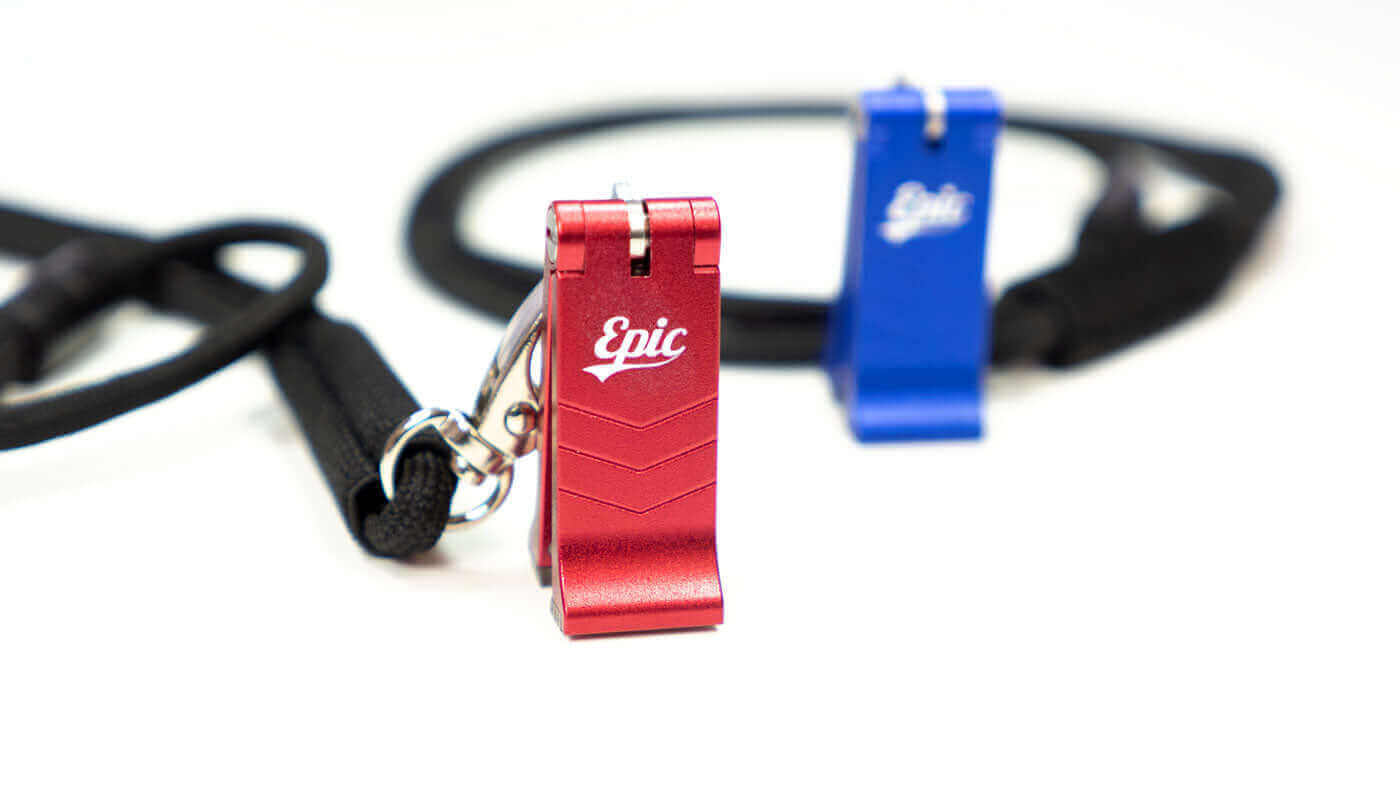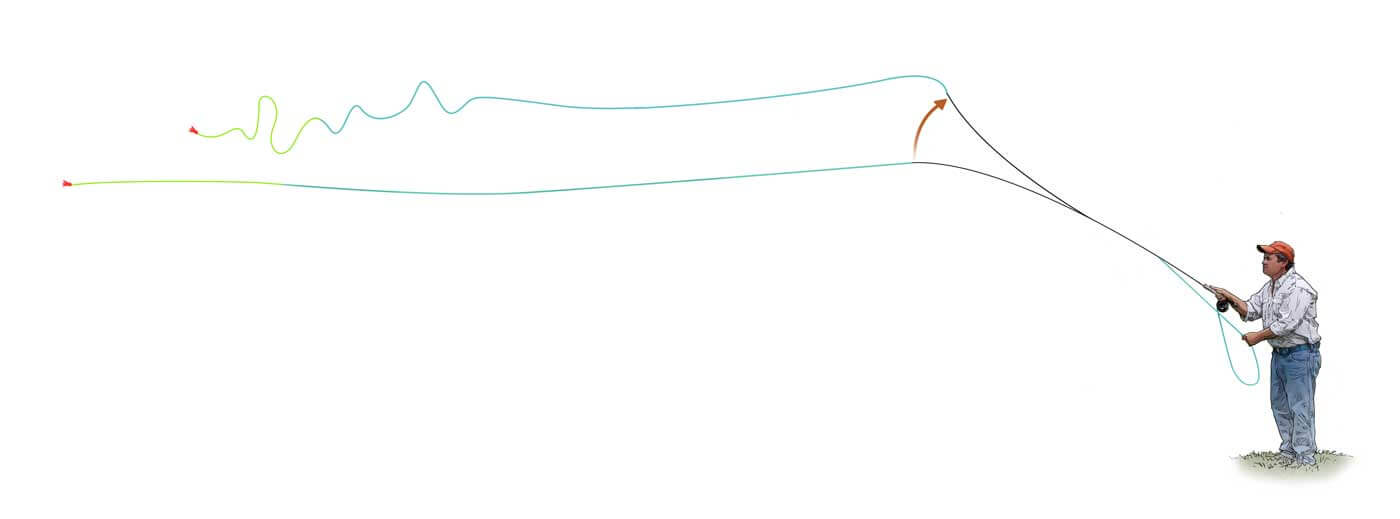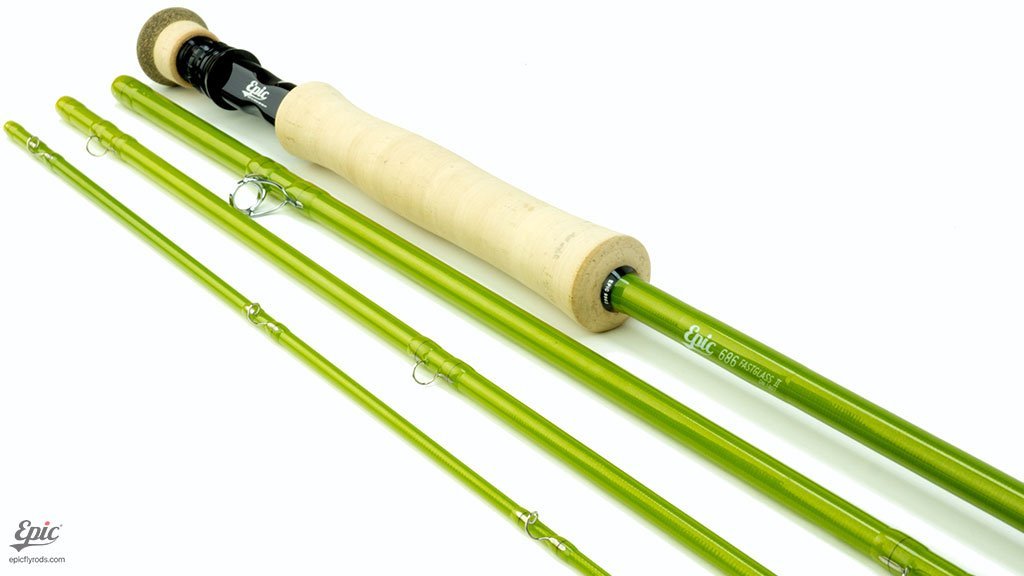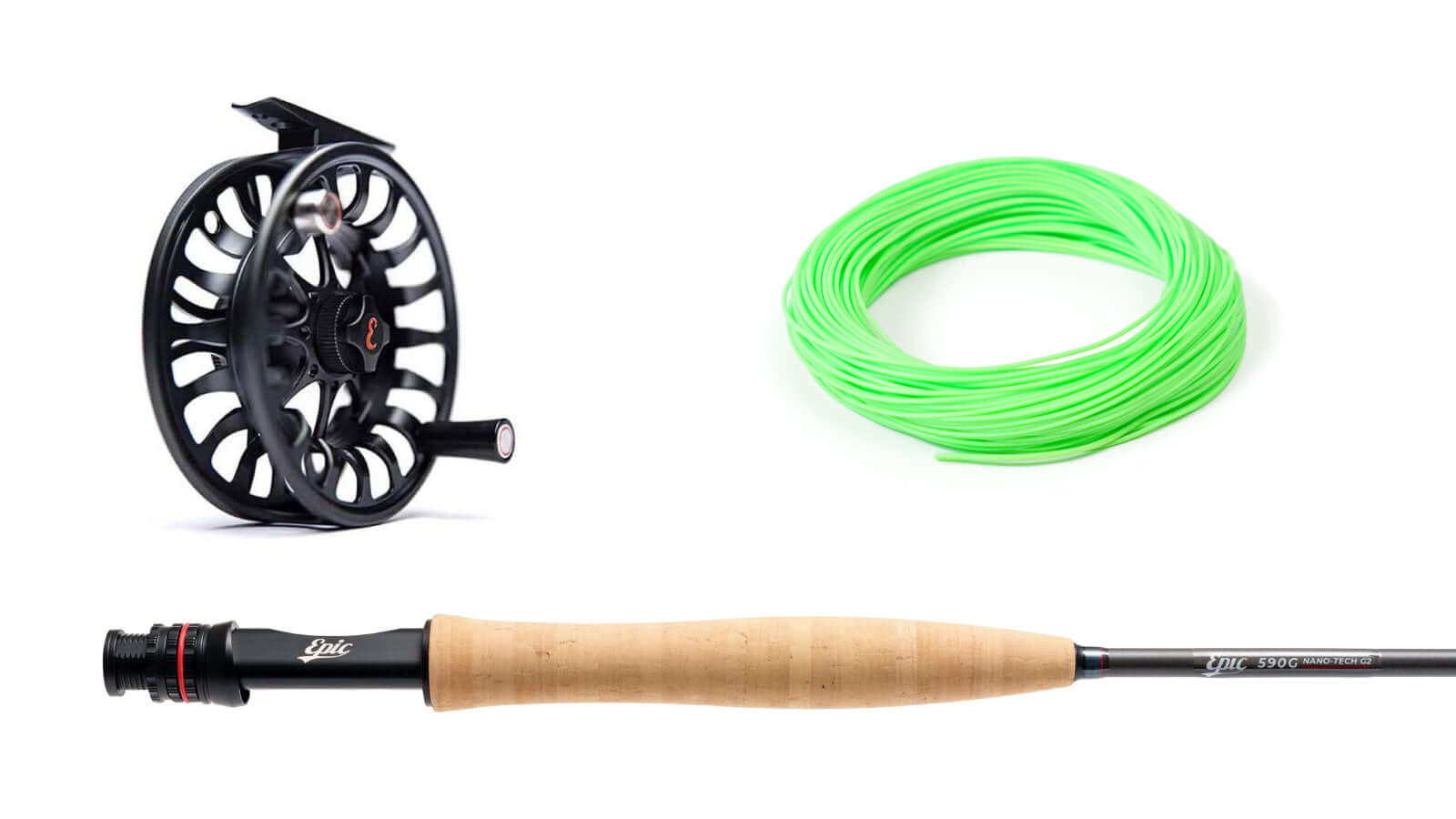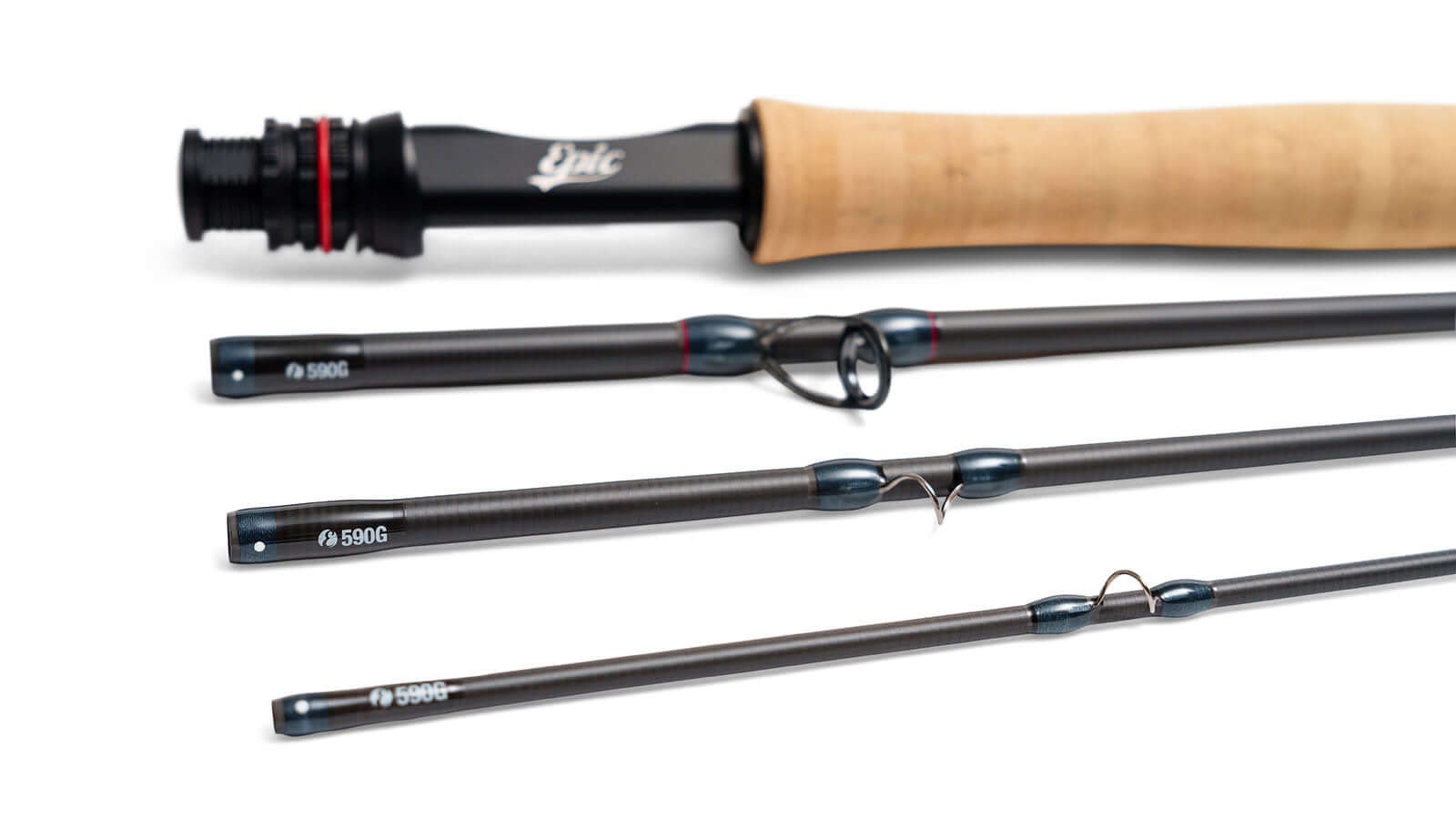Can understanding left / right preference feeding behaviour in trout help fly anglers catch more fish?
~ Author, Dirk Fischbach
The big brown trout was idly finning in the slack water of an inside seam at a wide bend in the creek. His deep sanctuary providing protection from aerial predators while providing him a front-row view to the food gliding past on the endless gravy train of current.
I approached from below in a crouched stance to avoid throwing so much as a shadow across the gin-clear water. Assuming that the fish was feeding on bugs caught in the faster flow of current, I dropped a Letort-style hopper to his right. The drift was very good and I expected to see him break from his lair and take it.
No dice.
I laid my next cast a little farther up the bubble line and watched it slide down past him.
Again, nothing.
A third drift slightly closer to him was summarily ignored. Giving into the seemingly contradictory reality of the situation, I cast to his left, dropping the hopper with a slight “plop” onto a much slower, almost still, “seam.” The fish immediately bolted to the fly and the game was on.

The experience caused me to reflect on other feeding anomalies I had witnessed and piqued my interest into paying attention to whether or not trout—and indeed many (if not all) species of fish—exhibit right- vs. left-handedness, as people and other primates do.
My observations since that encounter with the finicky brown have convinced me that fish often do show both a feeding and a flight preference to one side or the other. The implications for fly presentation are clear.
Part of the importance this phenomena plays is already “built in” by a fish’s choice of lies in a stream. Fish that crowd one bank or the other are almost certain to feed to the open side. Although it is important for the angler to realize that in situations such as a terrestrial feed, a fish two feet off the left bank (looking upstream) might be a left-hand feeder eating falling bugs that are dropping off grass or limbs immediately overhanging the stream. Observation is critical. In all situations, the angler must either determine through direct observation or infer through deduction the fish’s preferred path to food. And, as my big brown taught me, it is not always the obvious or intuitive choice.
In fast water, a fish’s orientation to the current and objects like logs, rocks, and ridges will give important clues.
A fish whose lie is on the left-hand side of a rock or log is likely to have a preference to feed to his left. Similarly, a fish’s choice of an inside or outside bend can be a good predictor as to which direction he prefers to move to feed (by his relationship to the dominant current seam). However, as was the case with the trout that started my research into this topic, the main seam is not always the preferred feeding spot. In food-rich environments, such as the spring creek I was fishing that day, the fish have multiple target areas, and wind direction, sun, bankside vegetation, and other variables may have a greater impact on the availability of food and ease of feeding than the current itself.
But while a fish’s location in the stream may give clues as to the feeding preference, the implications of “handedness” have a more important tactical implication.
Think of the times you have approached a seen trout, inching the fly ever closer on a series of casts. Usually this is done because the physics of the flow would suggest his feeding be to the side nearest the bubble line or main flow.
Since each successive cast gives another chance to spook our quarry, the concept of “handedness” presents a safer path forward. Instead of casting ever closer to one side of the fish (or endlessly changing flies), we can make a more conservative presentation to the opposite side—giving the fish a chance to break on the fly without the risk of lining him with a close cast.
There is no question that a number of factors weigh on a fish’s decision to feed. And the demands of his environment—spring creek vs. freestone river—probably override many other variables; however, understanding that (at least) some fish have a preference to feed from one side or the other gives the angler one more insight that helps fill in the pieces of the puzzle that make up a successful presentation.
~ Author, Dirk Fischbach



